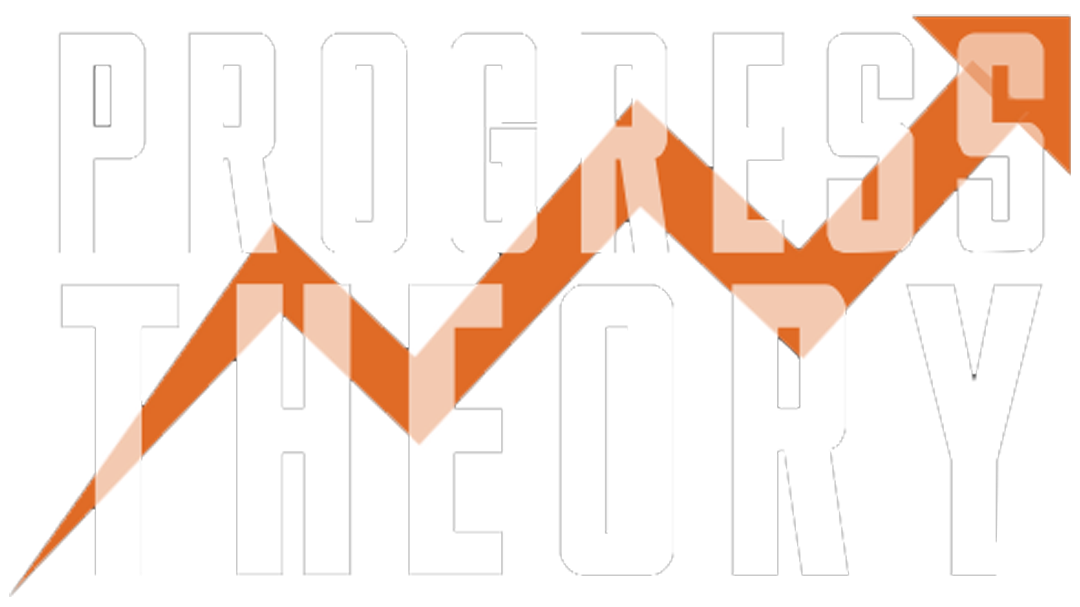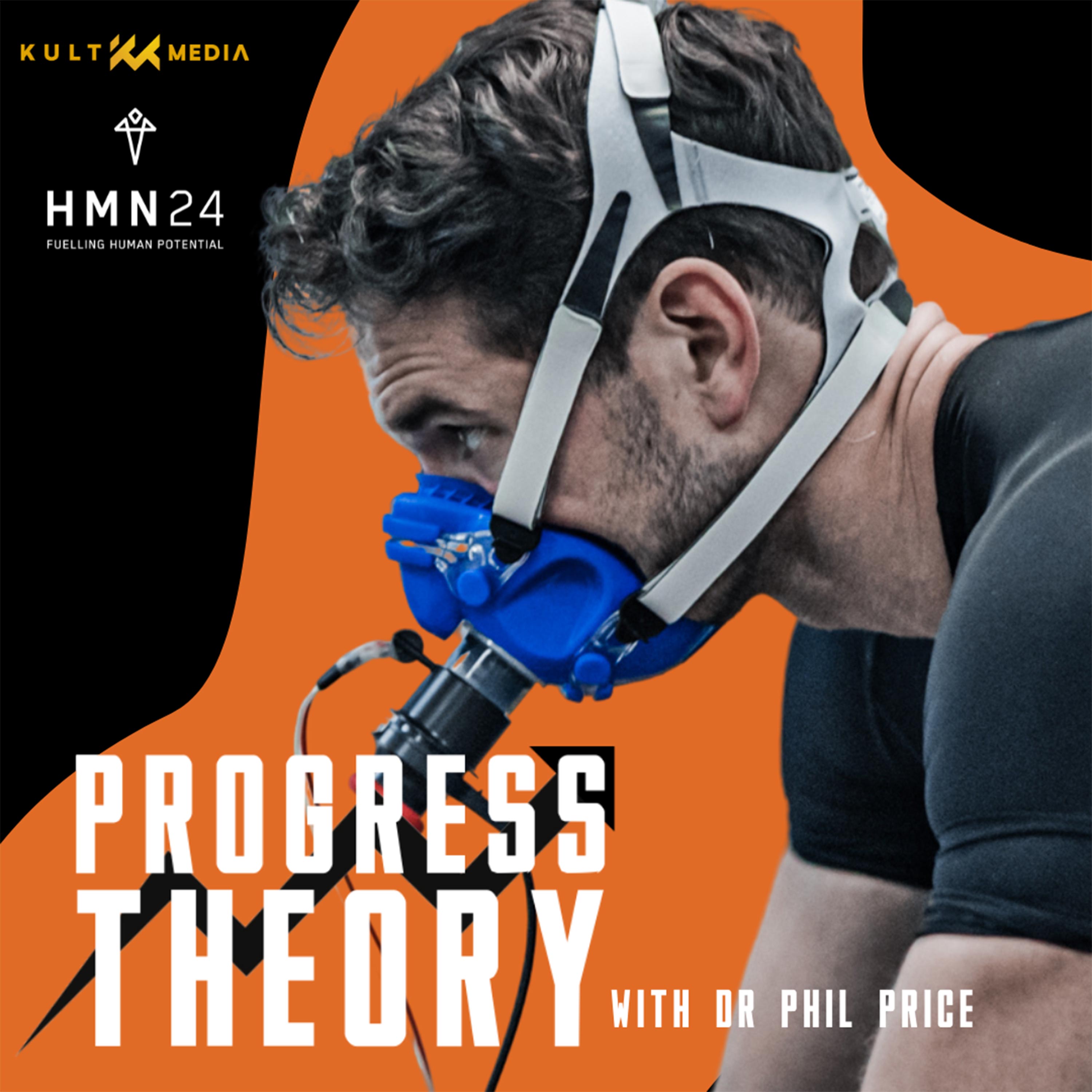Performance Review: Castle Series Triathlon 70.3 Half-Ironman Race - Part 3
Hello and welcome to the Progress Theory where we discuss scientific principles to optimise human performance.
It did it, I completed my first half iron. It was certainly an experience as it is still a new sport to me and I am unaccustomed to the high volumes of training associated with this length of event, but I felt I held my own, learned so much about myself and am looking forward to what the future brings on this new path to hybrid style training.
So I thought it best to do another performance review episode to reflect on the event, the training that preceded it, and briefly touch where my goals will be set next.
Anyways, let’s give a recap of the event. It was the gauntlet race held by Castle Triathlon, which was a half iron distance (1.9km swim, 90km bike, and a half marathon run, so 21.1km). I was particularly nervous about the bike as I feel that is my weakest section and takes up the most time. However, I surprised myself in that section, and managed to complete the whole race in 7 hours, 29 minutes and 15s. To be honest, as this was my first ever half iron I was happy with anything under 8 hours, so beating that expectation by roughly 30 minutes is a great personal result and certainly something to build on.
In this episode, I cover:
The swim – 47:09
- 2:02 pace, did over 400m extra
- Googles, poor at spotting. Open water skills needs work.
- Swimming has improved. Focused on 2-3 cues from my wife
- Going forward – work on drills (legs)
The bike – 4:11:03
- 21.8kph pace – wanted 22.5 but still happy
- Position is still a problem. Becoming more tolerant of the bike position but 90km is still a lot.
- Gear change, hill work
- Going forward – work on position, work on hip
The run – 2:18:45
- No expectations as it was a boggy hilly trail run. Hadn’t really prepared for that
- Felt ok for 12km, post 16km my hips really started to hurt. Back was seizing up on the hills post bike.
- Strategy could have been better – walk hill, faster on flats and downhills
- Depends on length of distances in the future.
What went well with the training and event?
· Nutrition – Did not feel like I lacked energy from lack of fuel. Bike nutrition was fine (sweets, gels in water), the event did a good job of providing food/water so there was no excuse.
· Swim – only focusing on 2-3 cues meant I had time to practise and work on them
· Bike – doing the racecourse the week before. Selecting training runs that were worse than the actual event
· Reaching a period of overreaching at the end of week 6 then beginning the deload
· Making compromises on the training runs to ensure my calf did not get injured prior to the event.
What could have been improved?
· The ITERA walk
· More time outside on the bike.
Other than that, to be honest, I wouldn’t have changed anything. My weight training supported my strength and was more specific to running (in my case trying to be springy). By the final 4 weeks I was only doing what was necessary, no additional fluff that could fatigue me and affect my swim, cycle and run sessions. So that worked well as I felt good going into the event. And using RPE to track the majority of my progression week to week allowed me to see how I was progressing. For example, certain speeds by the end of the programme had a reduced rpe associated with them i.e I found them easier, (5m/km pace example).
It was the optimal beginner’s programme. It was uber easy and particularly pushed me to ensure I adapted and improved, but it was also easy to auto-regulate when necessary, as a lot of what was governing the session was subjective i.e the use of rating of perceived exertion. Check my Instagram posts on the @drphilrpice account so you can see what training I did each week. Hopefully, this will give you some ideas for when planning your own training programme for a similar event.
Anyways, I hope you enjoyed the performance review for the Progress Theory. My next challenge will be a little heavier, so make sure you follow us on Instagram and subscribe to The Progress Theory on youtube or your podcast app of choice. It would be amazing if you could also leave us a review. We’re always looking to improve the podcast and make sure our listeners are getting content they can use to help with their own training.
We’ll see you in the next episode

